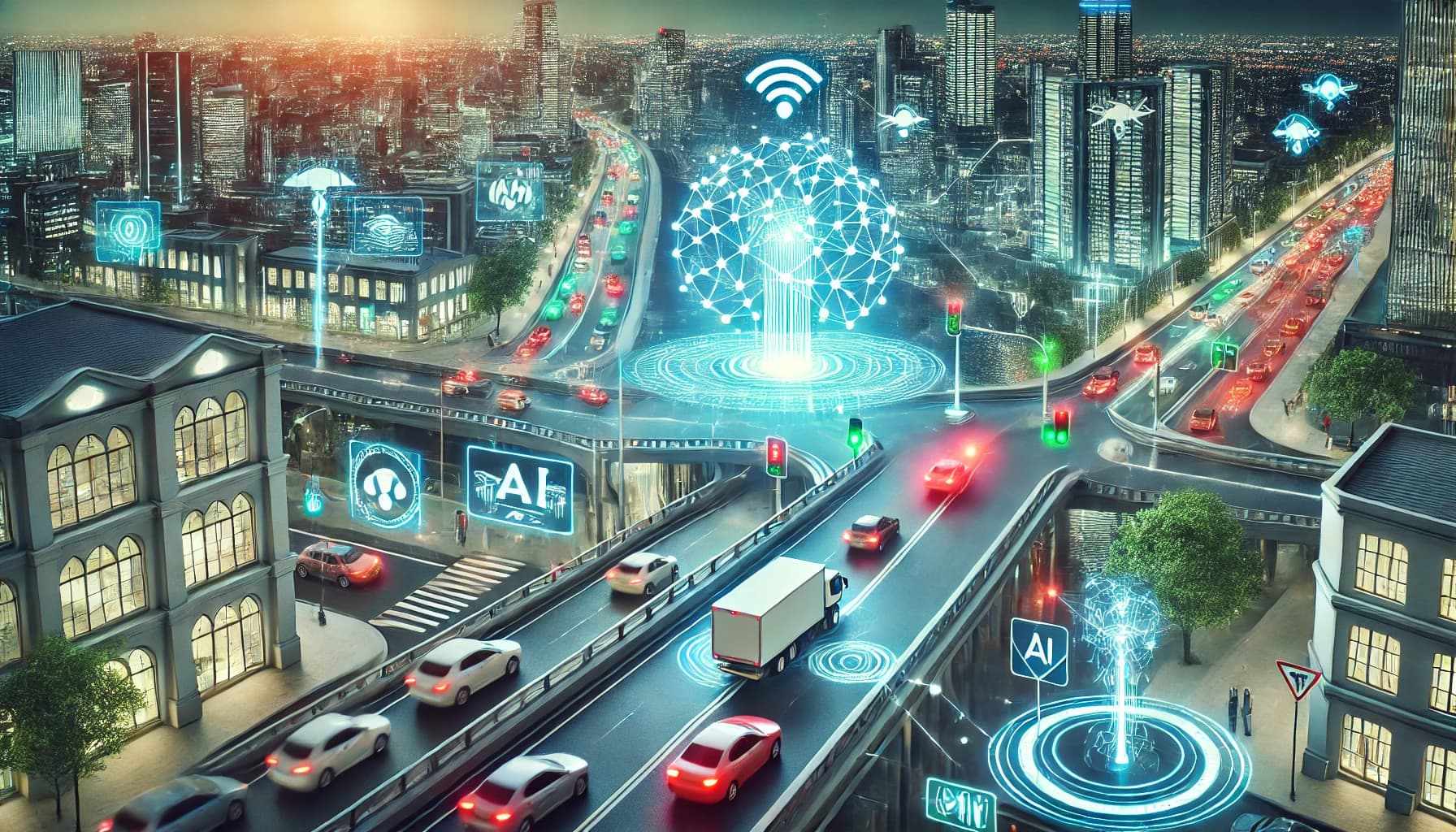Perplexity AI vs ChatGPT: Understanding Their Differences and Use Cases
FREEIntroduction
Artificial Intelligence (AI) has revolutionized how we interact with technology, particularly through conversational agents. Two prominent AI tools in this domain are Perplexity AI and ChatGPT. While both facilitate human-like interactions, they serve distinct purposes and excel in different areas. This article explores what Perplexity AI and ChatGPT are, their functionalities, differences, and practical scenarios for their use.
What is Perplexity AI?
Perplexity AI is an AI-powered search engine that combines the capabilities of AI chatbots with real-time web search. Unlike traditional search engines that provide a list of links, Perplexity AI delivers concise, sourced answers to user queries, enhancing the efficiency of information retrieval.
Key Features of Perplexity AI
- Real-Time Web Search: Retrieves up-to-date information from the internet, ensuring users access the latest data.
- Source Citations: Provides references for its responses, allowing users to verify information.
- Contextual Understanding: Interprets user queries to generate relevant and accurate answers.
What is ChatGPT?
ChatGPT, developed by OpenAI, is a conversational AI model designed to generate human-like text based on the input it receives. It's capable of engaging in detailed dialogues, drafting essays, writing code, and more, making it a versatile tool for various applications.
Key Features of ChatGPT
- Conversational Abilities: Engages in coherent and context-aware dialogues with users.
- Content Generation: Produces creative writing, technical content, and code snippets.
- Language Translation: Translates text between multiple languages.
Differences Between Perplexity AI and ChatGPT
| Feature | Perplexity AI | ChatGPT |
|---|---|---|
| Primary Function | AI-powered search engine providing concise, sourced answers. | Conversational agent generating human-like text for various tasks. |
| Data Source | Real-time web search for up-to-date information. | Pre-trained on a vast dataset up to its last update, with limited real-time data. |
| Use Cases | Quick information retrieval with source citations. | Engaging in detailed conversations, content creation, and coding assistance. |
| Response Style | Factual and concise with references. | Conversational and creative, without direct source citations. |
When to Use Perplexity AI
- Research and Fact-Checking: When you need accurate, up-to-date information with verifiable sources.
- Quick Information Retrieval: For obtaining concise answers without sifting through multiple search results.
Example: A student seeking the latest statistics on climate change can use Perplexity AI to get immediate, sourced data.
When to Use ChatGPT
Content Creation: For drafting articles, stories, or essays.
Programming Assistance: To generate code snippets or debug errors.
Language Practice: Engaging in conversations to improve language skills.
Example: A writer looking for inspiration can prompt ChatGPT to generate creative story ideas.
Practical Examples
Using Perplexity AI: If you need to know the current population of a country, Perplexity AI will provide the latest figure along with the source, ensuring the information's credibility.
Using ChatGPT: If you're drafting a cover letter for a job application, ChatGPT can help compose a personalized and professional letter based on the details you provide.
Conclusion
Both Perplexity AI and ChatGPT are powerful AI tools, each excelling in different areas. Perplexity AI is ideal for obtaining concise, sourced information quickly, making it a valuable tool for research and fact-checking. In contrast, ChatGPT's strength lies in generating human-like text, making it suitable for content creation, coding assistance, and engaging conversations. Understanding their unique capabilities allows users to choose the appropriate tool based on their specific needs.
References:







